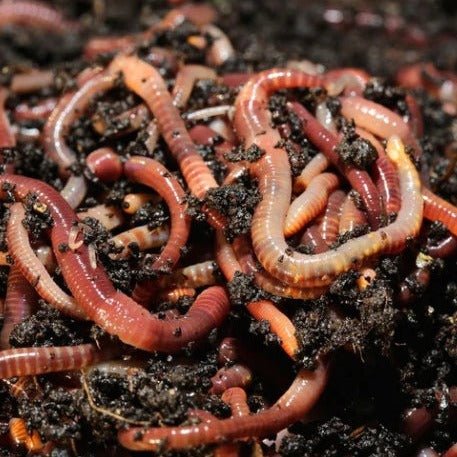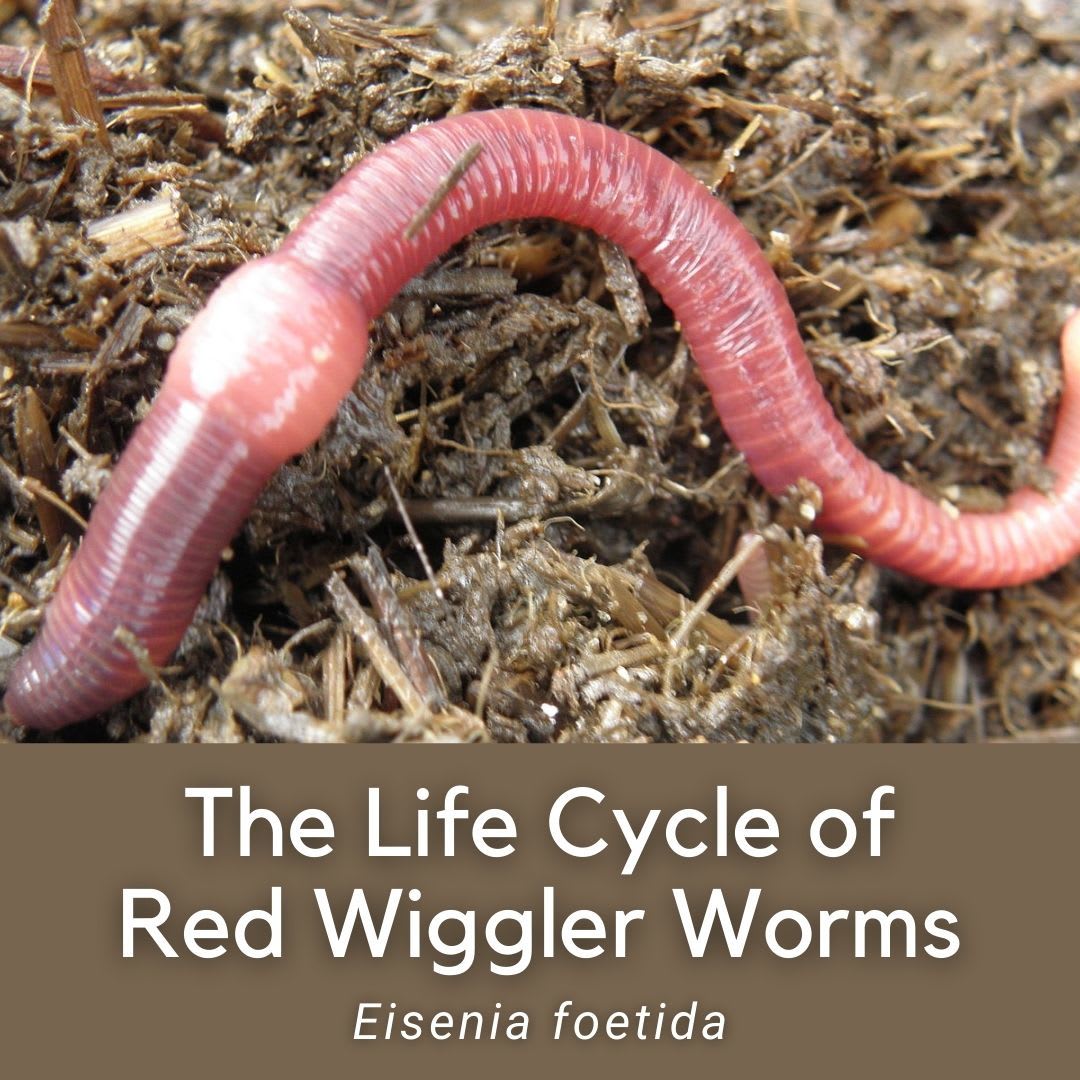Red Wigglers: The Unsung Heroes of Organic Waste Recycling
Red wigglers, or Eisenia fetida, serve as critical agents in the natural waste reusing procedure, transforming thrown out materials right into valuable vermicompost. As the globe progressively looks for options to combat waste accumulation and boost farming performance, recognizing the role of these worms comes to be vital.
What Are Red Wigglers?
The amazing resilience of red wigglers, clinically known as Eisenia fetida, highlights their vital function in organic waste recycling. These tiny, reddish-brown earthworms are normally found in disintegrating raw material, such as compost heap and manure stacks. Lake Hickory Bait. Unlike other earthworm types, red wigglers thrive in nutrient-rich settings and are very efficient at damaging down organic products, making them necessary for vermicomposting

(Red Wiggler Express)Along with their role in waste decrease, red wigglers contribute to dirt health by enhancing dirt structure and oygenation via their burrowing tasks (Lake Hickory Bait). Their existence in composting systems not just boosts decomposition prices yet likewise promotes a lasting approach to throw away monitoring, highlighting their significance in ecological conservation efforts
Advantages of Composting With Worms
Composting with worms, especially red wigglers, supplies numerous benefits that improve both waste monitoring and dirt health. These worms effectively damage down natural waste, converting it into nutrient-rich vermicompost that enhances soil. This process accelerates decay, allowing for a faster recycling of kitchen area scraps and other natural products compared to traditional composting approaches.
Furthermore, the vermicompost generated by red wigglers is including valuable microorganisms, which assist enhance dirt framework, oygenation, and dampness retention. This improves the overall health and wellness of plants, advertising strenuous growth and raised yields in gardens and agricultural setups. The use of worms in composting lessens the manufacturing of greenhouse gases, such as methane, adding to a more lasting waste administration system.

How to Start Vermicomposting
Establishing a vermicomposting system is an uncomplicated procedure that can yield significant benefits for both waste management and dirt enrichment. To start, pick an ideal container, such as a plastic bin or wooden box, with appropriate air flow openings to make sure appropriate air flow. The dimensions need to preferably be about 2 feet by 3 feet, allowing enough area for the worms to prosper.
Next, prepare bedding product, which can contain shredded paper, cardboard, or coconut coir. This bed linens should be dampened to create an ideal habitat for the worms. Once the bed linen remains in area, introduce red wigglers (Eisenia fetida) into the container, typically around one extra pound of worms for each square foot of area.
Adhering to the placement of worms, add natural waste, such as fruit and veggie scraps, coffee grounds, and smashed eggshells. With these steps, you will effectively start a vermicomposting system that adds to lasting waste administration and enriches your soil.
Maintaining a Healthy And Balanced Worm Bin
(Red Wiggler Express)Maintaining a worm container prospering needs routine interest and care to make sure the wellness of the red wigglers and the efficiency of the composting process. Correct upkeep starts with keeping an eye on the dampness degrees; the container needs to be damp yet not waterlogged. A great policy of thumb is to keep an uniformity similar to a wrung-out sponge.
Aeration is crucial also. Gently blending the bed linens and food scraps every few weeks protects against compaction and guarantees that all worms have accessibility to oxygen. In addition, it is essential to feed the worms appropriately. A balanced diet regimen of fruit and veggie scraps, coffee grounds, and smashed eggshells must be provided in moderation to stay clear of overfeeding, which can cause smells and bugs.
If the bin comes to be also hot or cool, the worms may come to be worried. By diligently taking care of these aspects, one can keep a robust and efficient worm container.
Impact on Lasting Living
The successful upkeep of a worm container not only profits the health and wellness of red wigglers yet also adds considerably to sustainable living practices. By reusing natural waste, such as kitchen area scraps and backyard particles, red wigglers help divert considerable quantities of material from landfills. This decrease in waste not just decreases greenhouse gas emissions however additionally minimizes the environmental concern linked with waste administration.
In addition, the castings generated by red wigglers act as a nutrient-rich natural fertilizer, improving soil wellness and advertising plant development. This all-natural alternative to chemical plant foods sustains sustainable agriculture and gardening methods, minimizing dependence on synthetic inputs that can hurt communities. Additionally, worm composting fosters awareness of waste management, encouraging people and areas to adopt even more lasting habits.

Verdict
In recap, red wigglers serve as essential factors to natural waste recycling with their effective decay of organic materials. By incorporating vermicomposting right into waste monitoring techniques, individuals and communities can substantially minimize waste while advertising environmental sustainability.